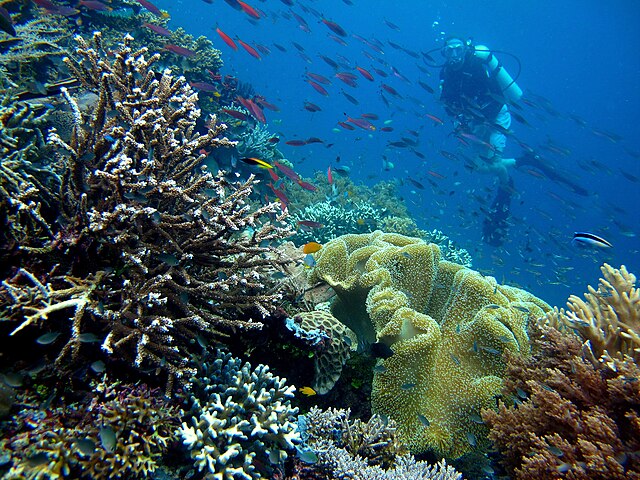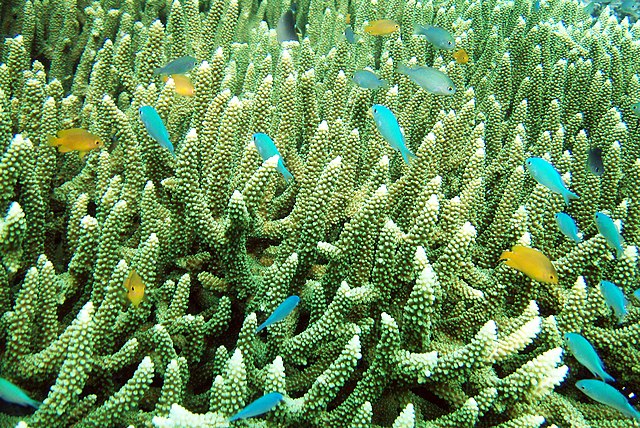The Sultanate of Bacan was a state in Maluku Islands, present-day Indonesia that arose with the expansion of the spice trade in late medieval times. It mainly consisted of the Bacan Islands but had periodical influence in Ceram and the Papuan Islands. It fell under the colonial influence of Portugal in the 16th century and the Dutch East India Company (VOC) after 1609. Bacan was one of the four kingdoms of Maluku together with Ternate, Tidore and Jailolo, but tended to be overshadowed by Ternate. After the independence of Indonesia in 1949, the governing functions of the sultan were gradually replaced by a modern administrative structure. However, the sultanate has been revived as a cultural entity in present times.
Bacan Island (right), including its settlement. c. 1616
A Malukan kora kora (large outrigger geared for warfare) in a manuscript from 1561
Barneveld Fort in Bacan
Fort Barneveld on Bacan Island.
Raja Ampat, or the Four Kings, is an archipelago located off of the northwest tip of Bird's Head Peninsula, Southwest Papua province, Indonesia. It comprises over 1,500 small islands, cays, and shoals around the four main islands of Misool, Salawati, Batanta, and Waigeo, and the smaller island of Kofiau.
Raja Ampat Islands featured on the reverse of the 100,000 rupiah banknote
Coral reef off of Piaynemo, an island in Misool District
Denise's pygmy seahorse
Marine biodiversity of Raja Ampat.








